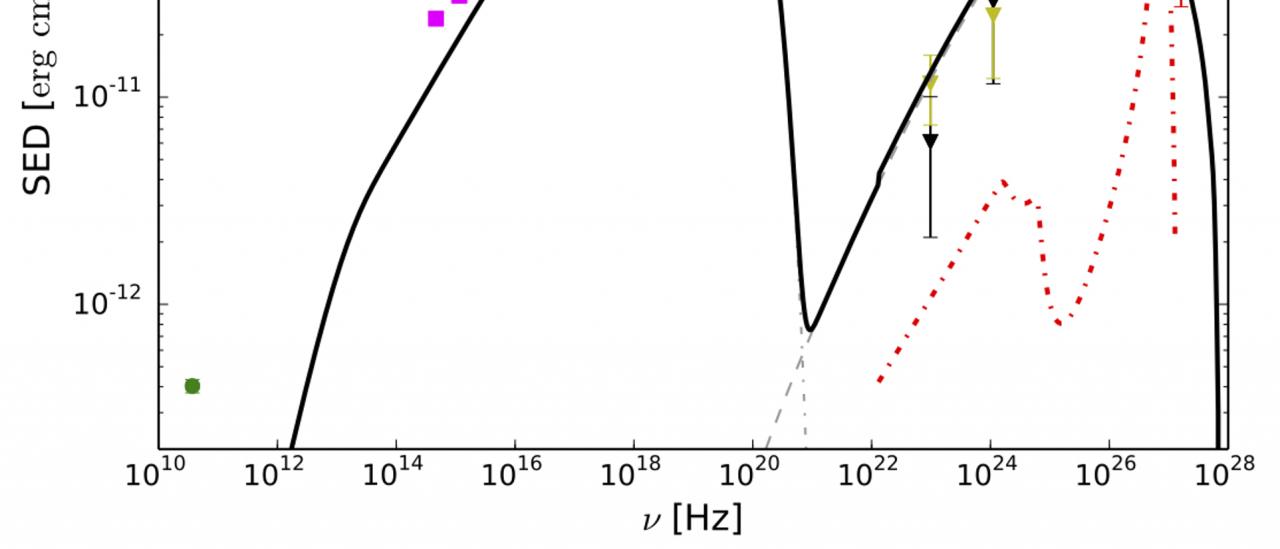Blazars, Active Galactic Nuclei (AGN) whose relativistic jets point in the direction of the Earth, dominate the VHE (VHE, E>100 GeV) gamma-ray extragalactic sky. One of the most famous archetypical VHE gamma-ray emitters is the blazar Markarian 501 (Mrk 501). During July 2014, the source displayed a strong flare detected across all wavelengths from VHE to the optical band. In particular, it is especially interesting that the source reached the maximum flux and harder spectrum measured in the X-ray band, compatible with the most extreme historical flare from this source. On 2014 July 19 during the X-ray flux peak, a narrow spectral feature centered at ~3 TeV was observed by the MAGIC Cherenkov telescopes. This feature is inconsistent with the smooth classical analytic functions to describe the measured VHE spectra at more than 3σ. A fit adding a narrow spectral component is preferred at more than 4σ. This is the first time that a spectral feature with such characteristics is found in the gamma-ray band. In this work we develop one possible theoretical framework that could provide a plausible emission scenario. The narrow VHE feature could be generated by emission from an Inverse Compton pair cascade induced by electrons accelerated in a magnetospheric vacuum gap close to the supermassive black hole.
Spectral energy distribution from radio to VHE gamma rays. For the first time a narrow spectral feature is detected in the VHE band. The proposed theoretical emission model is represented by the red curve (taken from Acciari et al. 2020, A&A, 637, A86).
Advertised on
Authors
C. Wendel
Josefa
Becerra González
K. Mannheim
References



